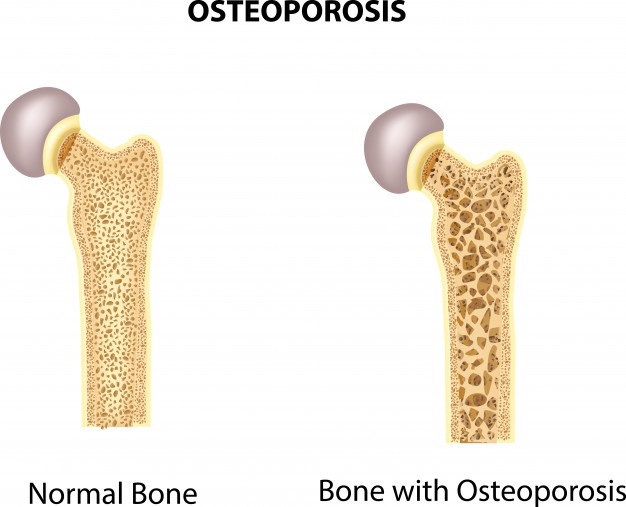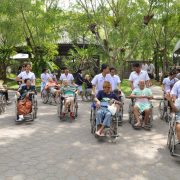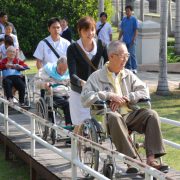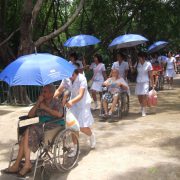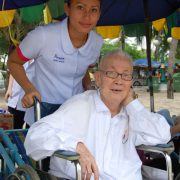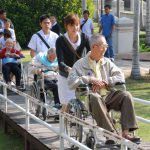Osteoporosis is a skeletal disease in which bones become thinner and more porous, and more prone to fracture. Osteoporotic fractures most commonly occur in the hip, spine, and wrist. The disease is usually painless until a bone breaks or fractures.
Signs and symptoms
Osteoporosis itself has no specific symptoms; its main consequence is the increased risk of bone fractures. Typical fractures occur in the vertebral column, hip and wrist.
Risk factors
The most important risk factors for osteoporosis are advanced age (in both men and women), female sex, estrogen deficiency following menopause, tobacco smoking, low calcium and vitamin D intake, alcoholism and insufficient or excess physical activity.
Diagnosis
The diagnosis of osteoporosis is made on measuring the bone mineral density (BMD).
Treatment
Osteoporosis can be prevented with lifestyle advice, medication, and preventing falls in people with known or suspected osteoporosis. Osteoporosis can be treated with bisphosphonates and various other medical treatments.
– Nutrition : The patient should include 1200 to 1500 mg of calcium daily either via dietary means (for instance, an 8 oz glass of milk contains approximately 300 mg of calcium) or via supplementation.
– Exercise : Multiple studies have shown that aerobics, weight bearing, and resistance exercises can all maintain or increase BMD in postmenopausal women.
– Lifestyle : Quiting tobacco smoking and drinking alcohol in moderation.
– Medication : Several medications are available that can either maintain or even increase bone density when taken in combination with calcium and vitamin D.


